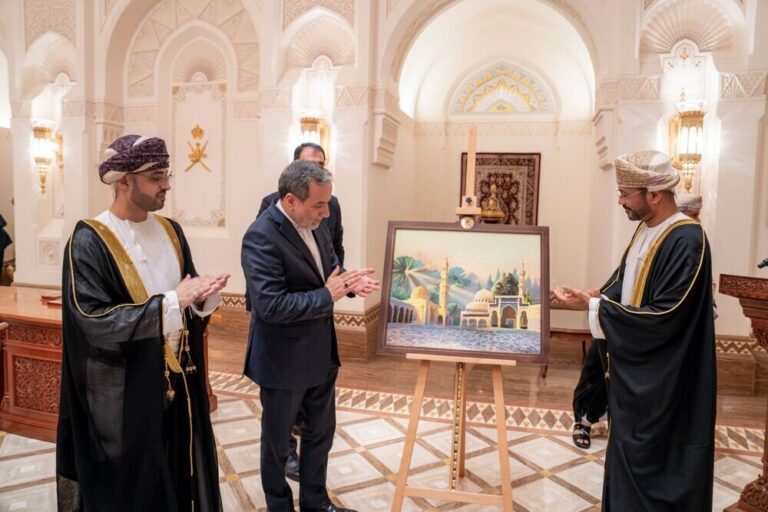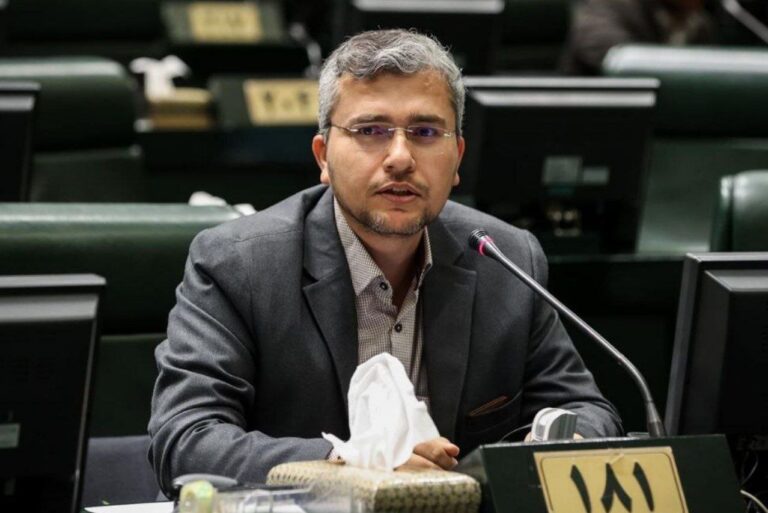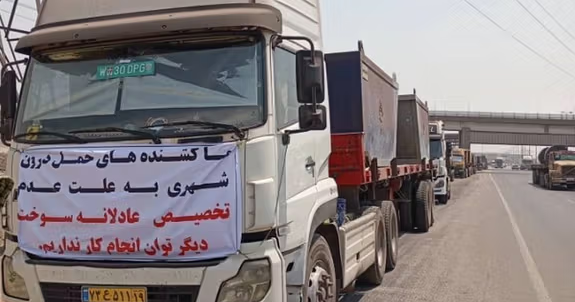
Similar Posts
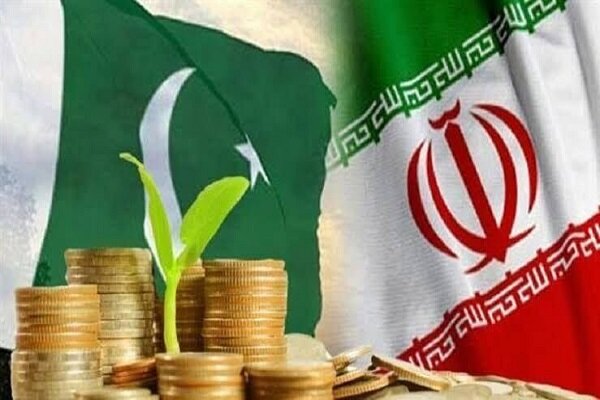
Iran and Pakistan Forge New Trade Alliances and Launch Direct Flights for Economic Growth
The introduction of direct flights between Iran and Pakistan is set to enhance economic growth and strengthen bilateral ties, particularly between less developed border provinces. Iranian Ambassador Reza Amiri-Moghaddam emphasized that existing travel barriers hinder commercial relations. Proposed routes between Tehran-Islamabad and Zahedan-Quetta aim to ease travel, reduce costs, and eliminate reliance on third countries. Pakistan’s Deputy Minister of Defence expressed support for expanding aviation ties, potentially linking other cities like Multan and Sialkot to Iranian destinations. This initiative could boost tourism, trade, and cultural exchanges, paving the way for deeper cooperation and economic integration between the two nations.

Croneyism’s Bad Loans Threaten the Stability of Iran’s Banking System
A report from Iran’s Central Bank reveals widespread insider dealings and corruption threatening the banking system’s integrity. Approximately 27 major institutional debtors owe about 790 trillion rials ($10 billion) in non-performing loans (NPLs), exacerbated by the Iranian rial’s devaluation. Key debtors include the Middle East Mines and Mineral Industries Development Holding Company (MIDHCO) and state-backed firms like SAIPA, with ties to political insiders leveraging connections for substantial loans. The government’s debt to the central bank surged 65% amid budget deficits from reduced oil revenue, leading to excessive money printing and rampant inflation, further destabilizing Iran’s economy.
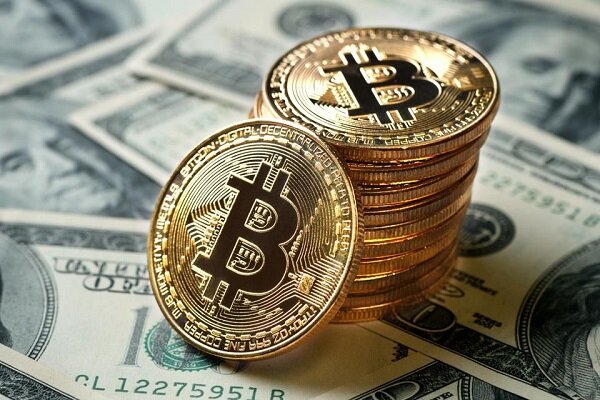
Trump’s Tariff Tussle: Crypto Market Shaken as Bitcoin Takes a Dive
Bitcoin’s price has fallen below $100,000, dropping nearly 7% to around $93,543, amid economic turbulence caused by new tariffs from US President Donald Trump. Ethereum also saw an 18% decline, marking its lowest point since early November. The tariffs, including a 25% levy on imports from Mexico and Canada, have unsettled global markets and led to increased volatility in cryptocurrencies. Analysts warn that these tariffs could result in inflation, higher interest rates, and greater market instability. Investors are advised to monitor economic news closely and consider diversifying their portfolios to mitigate risks associated with such fluctuations.

Iran Sees 1.2% Surge in Mining Exports Over 11-Month Period: A Positive Trend in Resource Trade
Iran’s mining and metals sector has shown resilience, exporting over 58.5 million metric tons of products worth nearly $9.821 billion from April to February. Exports rose by 1.2% in value and 0.4% in volume, driven by key products like steel, aluminum, and copper. However, steel exports have faced a decline, with a 6.7% drop in semi-finished steel production due to energy supply challenges. Conversely, the Iranian state copper company reported a remarkable 956% increase in international sales, totaling $644 million. Despite challenges, the sector remains vital to Iran’s economy, emphasizing the need for strategic adaptations and sustainable practices.
